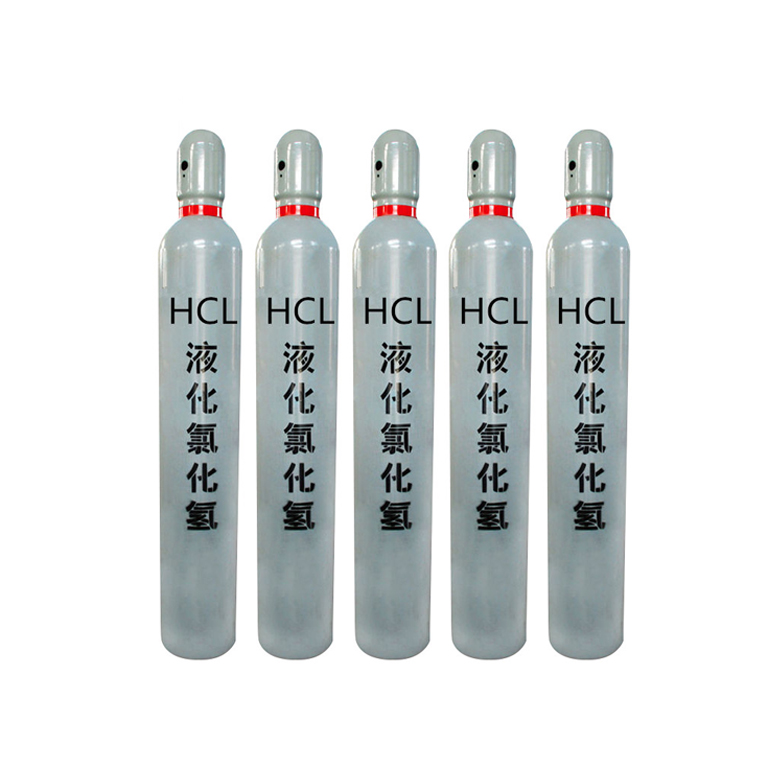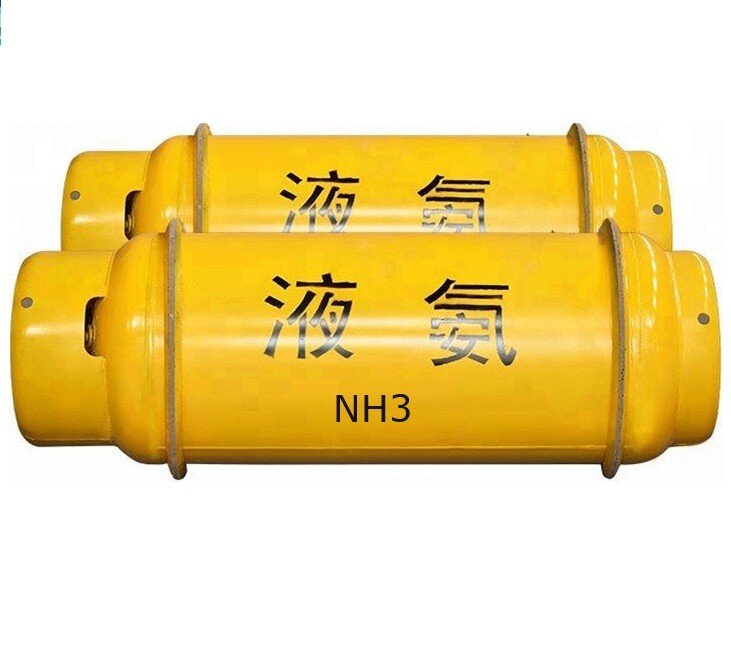Hexafluopropylene is widely used in the manufacture of fluorine containing polymer materials, mainly used to produce a variety of high-performance fluorine containing polymers, such as fluorine rubber, fluorine plastics and other special purpose fluorine materials. These applications show the importance of hexafluoropropylene in modern industry and science and technology.
Hexafluoropropylene is widely used in the manufacture of fluorinated polymer materials and has great industrial value. From high performance fluorine rubber and fluorine plastic, to special perfluorinated propylene oxide and other derivatives, hexafluorene has become an important monomer for the preparation of various high performance fluorinated materials due to its unique chemical properties. In practical application, these materials not only show excellent performance, but also provide key technical support for many industries.
The specific application of hexafluopropylene in the manufacturing of fluorine-containing polymer materials will be described in detail below:
1. Production of fluorine rubber
- Hexafluorene and vinylithylene fluoride copolymer: Fluorine rubber (FKM) is a kind of synthetic polymer elastor with excellent high temperature resistance, high chemical stability, weather resistance, oxidation resistance and oil resistance. Fluorine rubber with ultra-low air permeability and ultra-high heat resistance can be prepared by copolymerization of hexafluorene and vinylized fluoride in a certain proportion. This type of rubber is commonly used in automotive fuel lines, seals, and various sealing applications in the aviation industry.
- Hexafluorene copolymerized with tetrafluorene: This copolymer produces fluorocarbon rubber that maintains its performance under extreme conditions, such as high temperature, high pressure and corrosive environments. It is mainly used in the manufacture of sealing materials and gaskets in the field of petrochemical industry.
2. Produce fluorine plastics
- Preparation of polyperfluoroethylene propylene (FEP) : The copolymerization of hexafluoropropylene and tetrfluoroethylene produces polyperfluoroethylene propylene (FEP), which not only has excellent dielectric properties, electrical insulation properties and chemical solvent resistance, but also can be used for a long time at extreme temperatures (-80 ° C to 200 ° C). FEP is widely used in the insulation layer of wire and cable, such as network line, extremely fine coaxial line and electronic signal transmission line, due to its fusible processing characteristics.
-Preparation of polytetrafluoroethylene (PTFE) modified materials: Hexafluoropropylene can also be used to modify polytetrafluoroethylene (PTFE) to improve its processability and mechanical strength. Modified PTFE is widely used in chemical equipment and sealing materials.
3. Production of perfluorinated propylene oxide
- As an important intermediate: Hexafluorpropylene can be oxidized to produce perfluoropropylene oxide (HFPO), a key fluorine-containing intermediate that is mainly used in the synthesis of high-grade fluorine-containing functional compounds such as perfluoropolyether and fusible polytetrafluorethylene (PFA). Perfluoropolyether is a high-end lubricating material widely used in military, aerospace and nuclear industries.
4. Other application areas
- Lithium battery field: Propylene hexafluoride can also be combined with polyvinylidene fluoride (PVDF) to make lithium battery diaphragm. Compared with traditional olefin diaphragm, PVDF-HFP diaphragm has higher mechanical strength, ionic conductivity and thermal stability, which makes it an important application in lithium battery field.
- Preparation of hepta-fluoropropane fire extinguishing agent: Hepta-fluoropropane is obtained by hydrogenation of hexafluorpropylene. This gas is a clean fire extinguishing agent, which is often used to extinguish fires in precision facilities and electrical appliances. Sevoflurane is also widely used in the market as a medical aerosol.
Chat Online





